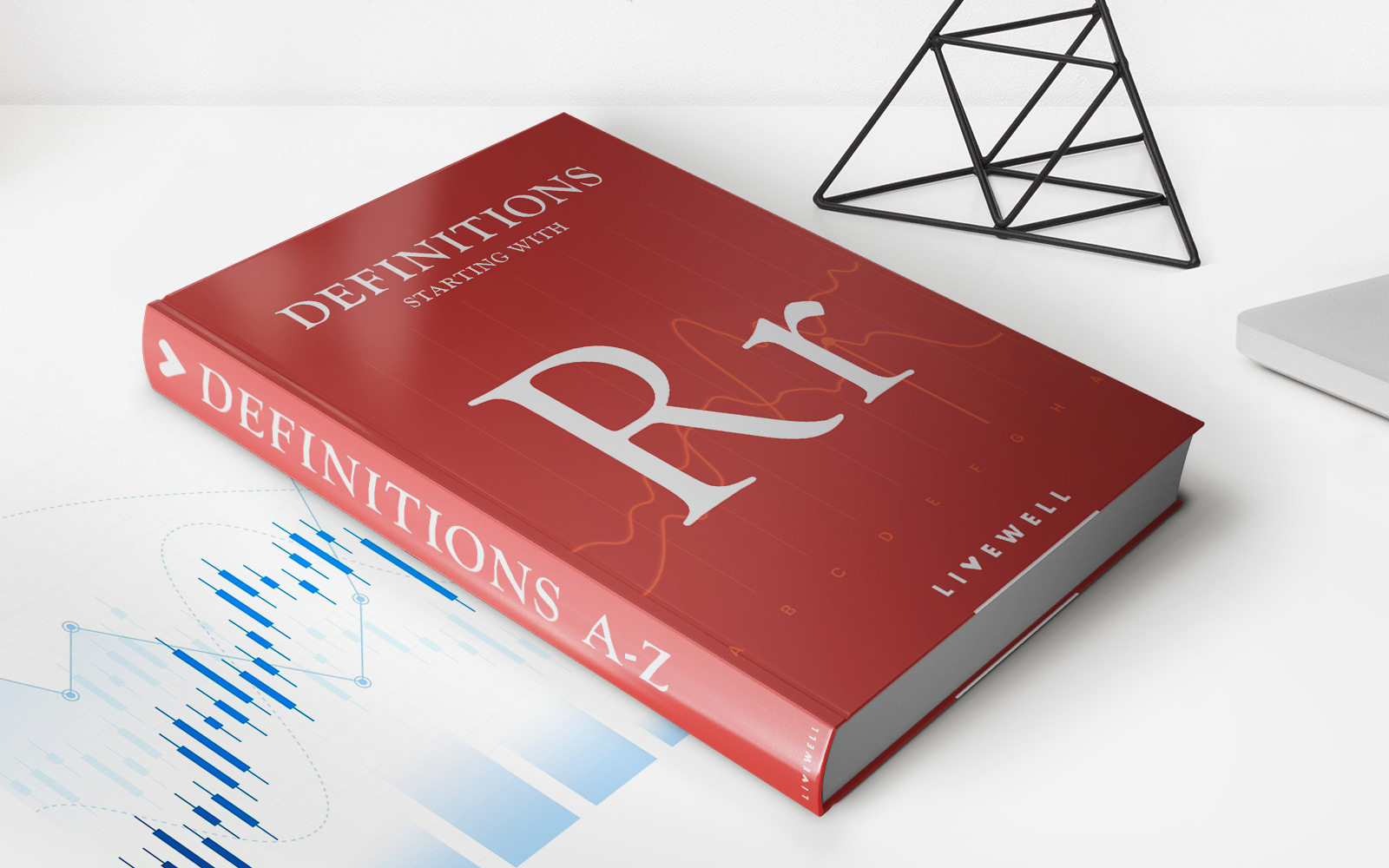Home>Finance>Gross Income Multiplier (GMI): Definition, Uses, And Calculation


Finance
Gross Income Multiplier (GMI): Definition, Uses, And Calculation
Published: December 2, 2023
Learn the definition, uses, and calculation of the Gross Income Multiplier (GMI) in finance. Enhance your understanding of this important financial metric.
(Many of the links in this article redirect to a specific reviewed product. Your purchase of these products through affiliate links helps to generate commission for LiveWell, at no extra cost. Learn more)
Understanding Gross Income Multiplier (GMI)
When it comes to evaluating the potential value of a property, financial experts often turn to a metric known as the Gross Income Multiplier (GMI). GMI is a useful tool that provides a quick and easy way to determine the value of a property based on its income-generating potential. In this article, we will delve deeper into what GMI is, its uses, and how to calculate it.
Key Takeaways
- Gross Income Multiplier (GMI) is a metric used to determine the value of a property based on its income-generating potential.
- It is helpful in real estate investing to quickly assess a property before diving into more detailed financial analysis.
What is Gross Income Multiplier (GMI)?
Gross Income Multiplier, often referred to as GMI, is a ratio that measures the relationship between the purchase price or value of a property and its gross income. It is commonly used in the real estate industry to analyze the value of income-producing properties such as commercial buildings or rental properties.
GMI is calculated by dividing the sale price or value of a property by its gross annual income. The resulting ratio indicates how many years it would take to recoup the purchase price through the property’s gross income alone.
For example, if the GMI of a property is 8, it suggests that it would take approximately 8 years of gross rental income to pay off the property’s purchase price. Generally, a lower GMI indicates a more attractive investment opportunity, as it implies a shorter payback period.
Uses of Gross Income Multiplier (GMI)
The Gross Income Multiplier has several uses in the field of real estate and investment analysis. Here are a few key applications:
- Property Valuation: GMI provides a quick and straightforward way to estimate the value of a property based on its income potential. By comparing GMIs of similar properties in the market, investors can spot undervalued or overvalued properties and make informed investment decisions.
- Property Comparison: GMI can be used to compare different properties within the same market. By calculating the GMI for each property, investors can identify which properties provide the best return on investment and prioritize their purchase decisions accordingly.
Calculating Gross Income Multiplier (GMI)
Calculating the Gross Income Multiplier is a relatively simple process. Here’s the step-by-step formula:
- Identify the gross annual income of the property.
- Determine the property’s purchase price or appraised value.
- Divide the purchase price or value by the gross annual income.
- The resulting number is the Gross Income Multiplier (GMI).
For example, let’s say a property generates $100,000 in gross annual income and has a purchase price of $800,000. To calculate the GMI:
GMI = Purchase Price / Gross Annual Income
GMI = $800,000 / $100,000
GMI = 8
In this case, the Gross Income Multiplier is 8, which means it would take approximately 8 years of gross annual income to recoup the purchase price of the property.
Conclusion
The Gross Income Multiplier (GMI) is a valuable tool for real estate investors and professionals to quickly assess the value of income-producing properties. By calculating the GMI, investors can gain insights into the potential return on investment and identify the best property opportunities.
With its simple calculation and wide range of applications, GMI provides a snapshot of a property’s income potential and helps investors make more informed decisions. So, the next time you evaluate a rental property or a potential investment opportunity, consider using the Gross Income Multiplier as part of your assessment process.














